-
 Bitcoin
Bitcoin $118300
-0.58% -
 Ethereum
Ethereum $3825
0.11% -
 XRP
XRP $3.137
-0.71% -
 Tether USDt
Tether USDt $0.9999
-0.01% -
 BNB
BNB $803.9
-3.37% -
 Solana
Solana $181.5
-1.94% -
 USDC
USDC $0.9999
0.01% -
 Dogecoin
Dogecoin $0.2238
-2.51% -
 TRON
TRON $0.3358
2.12% -
 Cardano
Cardano $0.7844
-2.16% -
 Hyperliquid
Hyperliquid $43.31
-1.48% -
 Sui
Sui $3.807
-4.04% -
 Stellar
Stellar $0.4203
-1.96% -
 Chainlink
Chainlink $17.79
-3.00% -
 Bitcoin Cash
Bitcoin Cash $567.8
-1.34% -
 Hedera
Hedera $0.2614
-4.30% -
 Avalanche
Avalanche $24.19
-4.46% -
 Litecoin
Litecoin $109.2
-0.74% -
 UNUS SED LEO
UNUS SED LEO $8.969
-0.01% -
 Toncoin
Toncoin $3.404
3.97% -
 Ethena USDe
Ethena USDe $1.001
-0.01% -
 Shiba Inu
Shiba Inu $0.00001307
-3.19% -
 Uniswap
Uniswap $10.33
-1.23% -
 Polkadot
Polkadot $3.884
-4.06% -
 Monero
Monero $312.9
-1.87% -
 Dai
Dai $1.000
0.01% -
 Bitget Token
Bitget Token $4.537
-2.24% -
 Pepe
Pepe $0.00001156
-3.40% -
 Cronos
Cronos $0.1437
-0.89% -
 Aave
Aave $282.8
-2.77%
Break through the upper rail of the wedge + step back to the trend line buy point
A falling wedge breakout with strong volume and a retest of the broken upper rail offers a high-probability bullish entry in crypto trading.
Jul 29, 2025 at 08:08 pm
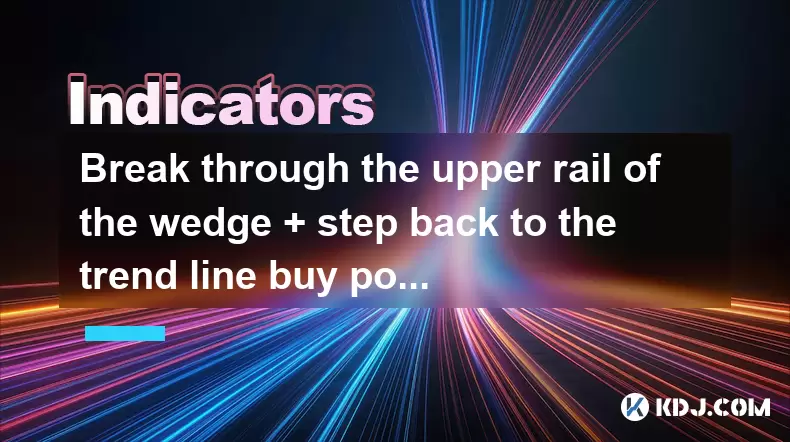
Understanding the Wedge Pattern in Cryptocurrency Trading
The wedge pattern is a common technical formation observed in cryptocurrency price charts, often signaling a potential reversal or continuation of a trend. This pattern is characterized by two converging trend lines: the upper rail, which connects a series of lower highs, and the lower rail, which connects a series of higher lows. In a rising wedge, prices move upward with narrowing volatility, but the structure typically suggests bearish implications. Conversely, a falling wedge often indicates a bullish breakout. The key to identifying a valid wedge lies in the convergence of these two lines and decreasing trading volume as the price approaches the apex.
When analyzing the wedge, traders focus on the breakout point, which occurs when the price moves decisively beyond either the upper or lower rail. A breakout above the upper rail in a falling wedge is considered a bullish signal, especially when confirmed by rising volume. The psychological aspect of the wedge lies in the tightening price range, which reflects market indecision. Once the price breaks out, it often triggers a wave of momentum as traders react to the new directional bias.
Breakout Confirmation: Validating the Upper Rail Breach
A simple touch of the upper rail is insufficient to confirm a breakout. Traders must verify that the price closes decisively above the upper trend line, preferably on higher-than-average volume. Candlestick patterns such as a strong bullish engulfing candle or a gap-up can further strengthen the signal. It's critical to monitor the 4-hour or daily chart for stronger confirmation, as lower timeframes may produce false signals due to market noise.
To validate the breakout:
- Ensure the closing price remains above the upper rail for at least two consecutive candles.
- Check for a noticeable increase in trading volume during the breakout candle.
- Use indicators like the Relative Strength Index (RSI) to confirm momentum; an RSI above 50, preferably climbing toward 70, supports bullish momentum.
- Avoid entering immediately on the first breakout candle; instead, wait for a minor pullback to improve the risk-reward ratio.
Step-Back to the Trend Line: Identifying the Optimal Buy Zone
After a breakout, it is common for the price to retest the broken upper rail, which now acts as a support level. This retest creates a high-probability buy point known as the "step back" entry. The former resistance becomes new support, and traders look for price to bounce off this level with bullish confirmation.
To execute this strategy:
- Mark the broken upper rail after the breakout and extend it forward as dynamic support.
- Watch for the price to decline and touch or slightly dip below this level before reversing.
- Confirm the bounce using candlestick patterns such as a hammer, bullish engulfing, or a pin bar.
- Enter a long position when the price closes above the high of the reversal candle.
- Place a stop-loss just below the retest low to manage risk.
This step-back method reduces the chance of entering during a false breakout and increases the likelihood of catching the next leg of the uptrend.
Practical Application on a Cryptocurrency Chart
Let’s apply this strategy using a real-world example on a Bitcoin 4-hour chart. Suppose BTC forms a falling wedge after a prolonged correction, with the upper rail connecting lower highs and the lower rail connecting higher lows. Volume gradually declines as the wedge tightens.
Steps to follow:
- Draw the upper and lower trend lines accurately using at least two touchpoints for each.
- Wait for a 4-hour candle to close above the upper rail with volume spiking 30% above the 20-period average.
- After the breakout, monitor for a pullback toward the broken upper rail over the next 6 to 12 candles.
- When the price touches the former resistance-turned-support and forms a bullish reversal candle, initiate a buy order.
- Set a stop-loss at 2% below the lowest point of the retest.
- Target the next significant resistance level, which can be identified using Fibonacci extensions or previous swing highs.
Using TradingView, traders can use the built-in trend line tool and volume oscillator to automate part of this analysis. Right-click on the chart, select "Trend Line," draw it across the relevant swing points, and enable volume and RSI from the indicators menu.
Risk Management and Position Sizing
Even with a high-probability setup, risk must be controlled. The risk per trade should not exceed 1-2% of the trading account balance. For example, if your account is $10,000, limit risk to $100-$200 per trade.
To calculate position size:
- Determine the difference between entry price and stop-loss level.
- Divide the maximum risk amount by this difference to get the number of units to buy.
- For instance, if entering at $30,000 with a stop at $29,400 (a $600 risk per coin), and risking $150, divide 150 by 600 = 0.25 BTC.
Use bracket orders on exchanges like Binance or Bybit to automate entry, stop-loss, and take-profit levels. This ensures emotional discipline and timely execution. Adjust leverage carefully—on futures, avoid exceeding 5x leverage to prevent liquidation during volatility.
Common Mistakes to Avoid
Traders often misidentify wedge patterns by forcing trend lines to fit price action. A valid wedge requires at least two touches on each rail. Drawing trend lines through minor wicks instead of clear swing points leads to false signals.
Other pitfalls include:
- Entering before the close of the breakout candle, risking a fakeout.
- Ignoring volume, which can confirm or invalidate the breakout.
- Failing to wait for the step-back, leading to buying at the top of the initial surge.
- Placing stop-losses too tight, causing premature exits due to normal volatility.
Ensure all conditions align before acting. Patience increases success rate.
Frequently Asked Questions
What timeframes are best for identifying the wedge breakout and step-back strategy?
The 4-hour and daily charts offer the most reliable signals. These timeframes filter out market noise and provide stronger volume confirmation. While 1-hour charts can be used, they carry a higher risk of false breakouts.
How do I distinguish a wedge from a pennant or symmetrical triangle?
A wedge has a clear slope—either rising or falling—and forms over a longer period, typically 10 to 50 candles. A pennant is short-term, lasting 5 to 10 candles, and appears after a sharp move. A symmetrical triangle has neutral slope and reflects balance between buyers and sellers, unlike the directional bias of a wedge.
Can this strategy be applied to altcoins?
Yes, but only to high-liquidity altcoins like Ethereum, Solana, or BNB. Low-volume coins are prone to manipulation and erratic movements, making pattern reliability lower. Always check 24-hour trading volume—preferably over $100 million—to ensure validity.
What if the price breaks the upper rail but doesn't retest the trend line?
In strong bullish momentum, the price may not retrace, leading to a "runaway" move. In such cases, consider entering on a breakout retest of the breakout candle’s low or use a trailing entry method. Avoid chasing the price too high; missing the trade is better than entering with poor risk-reward.
Disclaimer:info@kdj.com
The information provided is not trading advice. kdj.com does not assume any responsibility for any investments made based on the information provided in this article. Cryptocurrencies are highly volatile and it is highly recommended that you invest with caution after thorough research!
If you believe that the content used on this website infringes your copyright, please contact us immediately (info@kdj.com) and we will delete it promptly.
- PENGU Price Plunge? Binance Transfers and Token Transfer Trends
- 2025-07-30 23:10:15
- Navigating Crypto Investment: Bitcoin Mining and the Rise of Cloud Mining in the Big Apple
- 2025-07-30 22:31:15
- Meme Coins, Profit, and Investment: Riding the Crypto Wave in Style
- 2025-07-30 23:10:15
- LivLive's Gamified AR Launch Phase: Level Up Your Reality!
- 2025-07-30 22:31:15
- Bitcoin, Crypto, and the Golden Age: Navigating the Future of Digital Assets
- 2025-07-31 00:10:14
- JPMorgan, Coinbase, and Crypto Access: A New Era for Digital Finance?
- 2025-07-30 22:50:13
Related knowledge
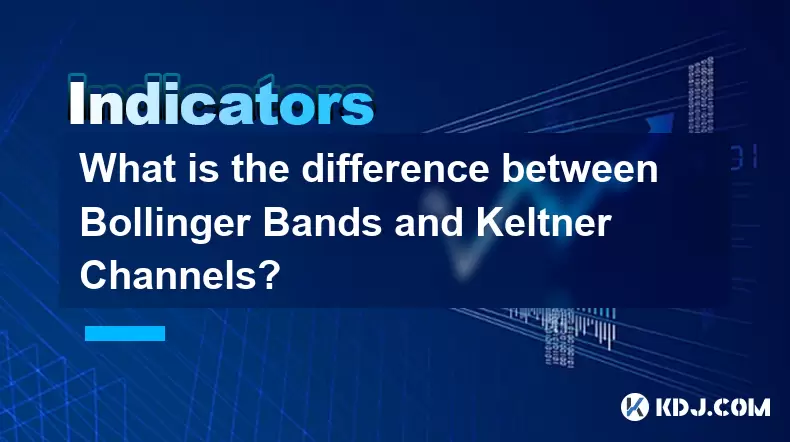
What is the difference between Bollinger Bands and Keltner Channels?
Jul 30,2025 at 11:30pm
Understanding Bollinger Bands and Their Core ComponentsBollinger Bands are a widely used technical analysis tool developed by John Bollinger in the 19...
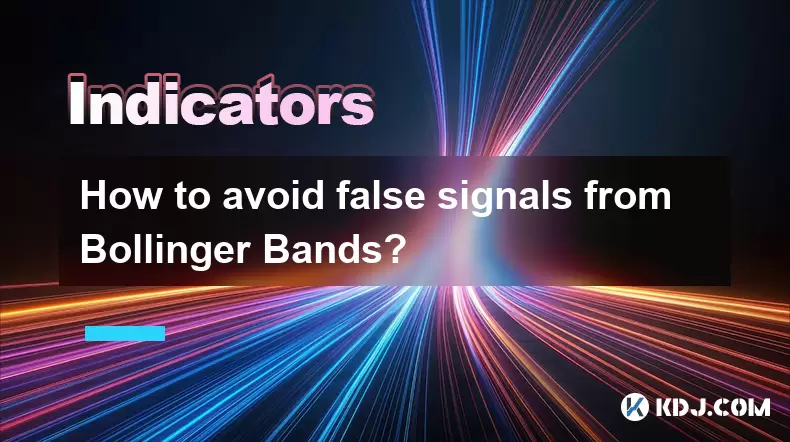
How to avoid false signals from Bollinger Bands?
Jul 30,2025 at 11:42pm
Understanding Bollinger Bands and Their Core ComponentsBollinger Bands are a widely used technical analysis tool developed by John Bollinger in the 19...
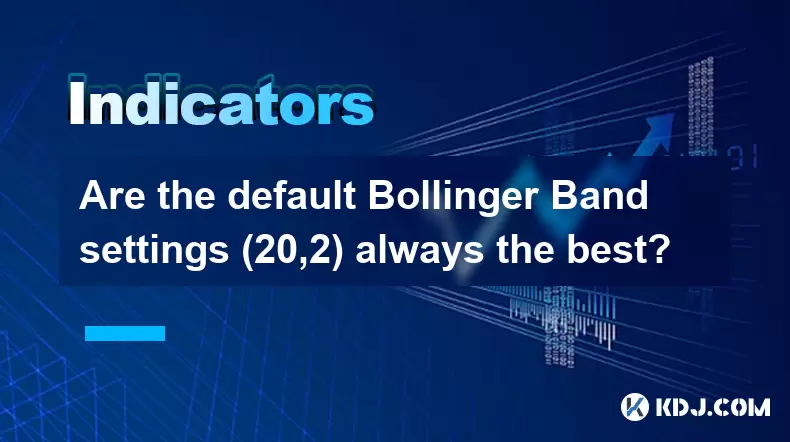
Are the default Bollinger Band settings (20,2) always the best?
Jul 30,2025 at 11:36pm
Understanding the Standard Bollinger Band ConfigurationThe default Bollinger Band settings of (20,2) are widely used across the cryptocurrency trading...

What is a head fake in Bollinger Bands?
Jul 30,2025 at 09:44pm
Understanding Bollinger Bands and Their StructureBollinger Bands are a widely used technical analysis tool developed by John Bollinger in the 1980s. T...
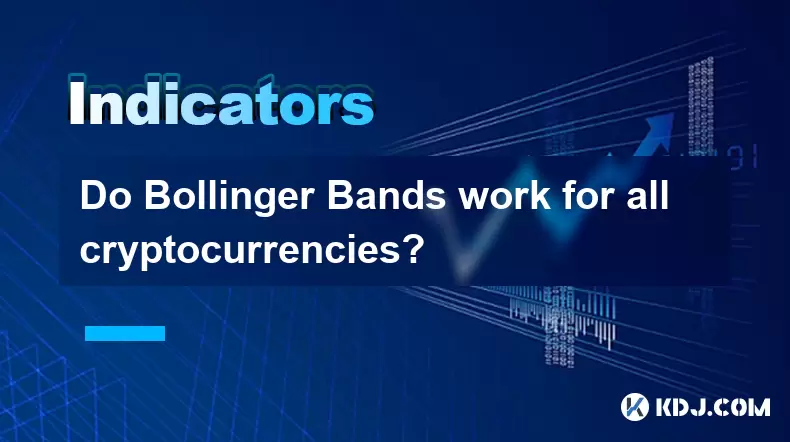
Do Bollinger Bands work for all cryptocurrencies?
Jul 30,2025 at 09:30pm
Understanding Bollinger Bands in Cryptocurrency TradingBollinger Bands are a widely used technical analysis tool developed by John Bollinger in the 19...
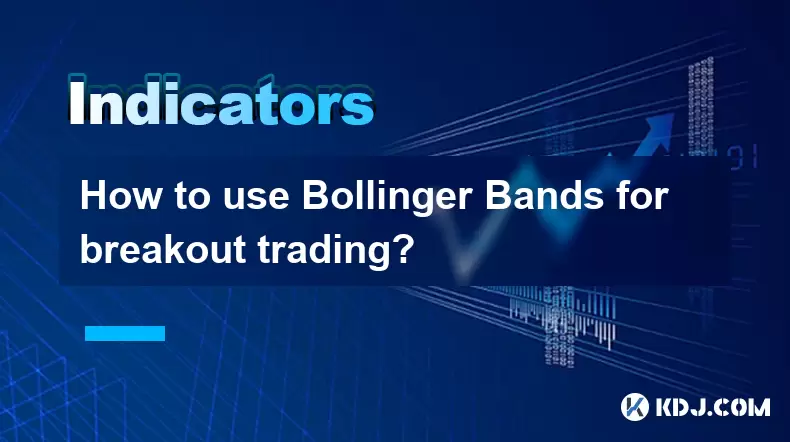
How to use Bollinger Bands for breakout trading?
Jul 30,2025 at 10:27pm
Understanding Bollinger Bands and Their ComponentsBollinger Bands are a widely used technical analysis tool developed by John Bollinger in the 1980s. ...

What is the difference between Bollinger Bands and Keltner Channels?
Jul 30,2025 at 11:30pm
Understanding Bollinger Bands and Their Core ComponentsBollinger Bands are a widely used technical analysis tool developed by John Bollinger in the 19...

How to avoid false signals from Bollinger Bands?
Jul 30,2025 at 11:42pm
Understanding Bollinger Bands and Their Core ComponentsBollinger Bands are a widely used technical analysis tool developed by John Bollinger in the 19...

Are the default Bollinger Band settings (20,2) always the best?
Jul 30,2025 at 11:36pm
Understanding the Standard Bollinger Band ConfigurationThe default Bollinger Band settings of (20,2) are widely used across the cryptocurrency trading...

What is a head fake in Bollinger Bands?
Jul 30,2025 at 09:44pm
Understanding Bollinger Bands and Their StructureBollinger Bands are a widely used technical analysis tool developed by John Bollinger in the 1980s. T...

Do Bollinger Bands work for all cryptocurrencies?
Jul 30,2025 at 09:30pm
Understanding Bollinger Bands in Cryptocurrency TradingBollinger Bands are a widely used technical analysis tool developed by John Bollinger in the 19...

How to use Bollinger Bands for breakout trading?
Jul 30,2025 at 10:27pm
Understanding Bollinger Bands and Their ComponentsBollinger Bands are a widely used technical analysis tool developed by John Bollinger in the 1980s. ...
See all articles

























































































